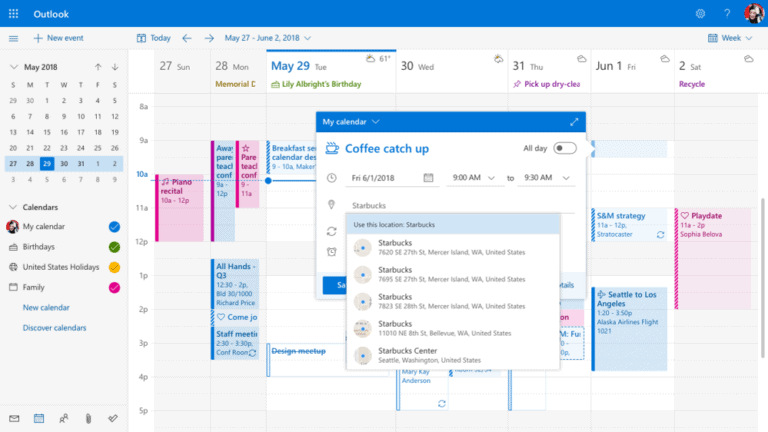In a recent announcement on the Microsoft 365 Admin Center, Microsoft revealed that its new web-based Outlook for Windows will take the reins from the Mail, Calendar, and People inbox apps on Windows 11 starting in September 2024.
The transition details are on this official support page. It sheds more light on the upcoming change. Existing Mail and Calendar apps will soon feature a message encouraging users to try the new Outlook for Windows through a convenient slider.
The beta version of Microsoft’s web-based Outlook for Windows has been available for some time now. The company has already announced its plan to replace the Mail and Calendar apps built on the Universal Windows Platform (UWP).
The missing piece of information until now was the timeline
Microsoft clarified in the Microsoft 365 Admin Center that users will no longer have access to or be able to download the Mail and Calendar apps after September 2024.
Users already familiar with Outlook on the web or Outlook.com for consumers will find the new Outlook for Windows app a seamless experience. While the new client supports multiple accounts, it cannot currently create unified inboxes, which was a standout feature of the Mail app.
Although some Windows 11 users may be sad about losing the built-in Mail and Calendar apps when they eventually stop working next year, Microsoft’s decision to offer a new version of Outlook for Windows free of charge on Windows 11 is a significant development.
Classic Outlook is still here, for now
On the support page, Microsoft highlighted how users can expect to “write better emails with advanced AI built into the new Outlook for Windows to help you write impactful, clearer, mistake-free messages.”
Microsoft will continue to support its classic Outlook for Windows desktop app, which requires a paid Office license or a Microsoft 365 subscription.
The legacy app still boasts many features relied upon by power users, making its departure unlikely in the near future.
Also read: Microsoft Outlook gets Gmail support
